
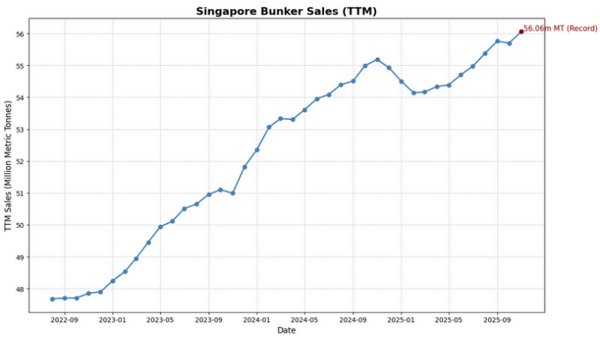
|
Singapore bunker sales break new ground as TTM volumes surpass 56m tonnes
Trailing 12-month bunker sales rise to new all-time record at Asian port. |
|
|
|
||
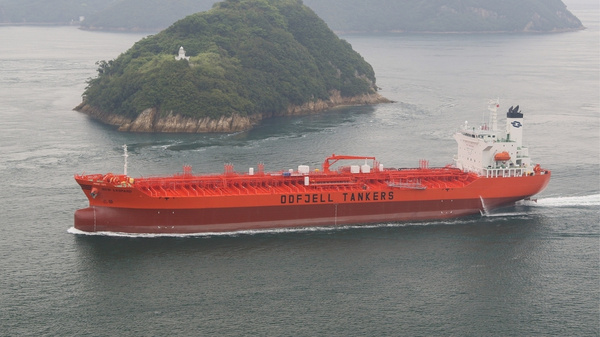
|
Odfjell launches operational green corridor between Brazil and Europe using biofuel
Chemical tanker operator establishes route using B24 sustainable biofuel without subsidies or government support. |
|
|
|
||
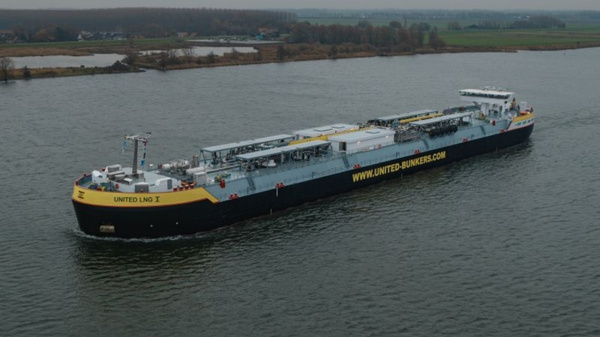
|
Somtrans christens 8,000-cbm LNG bunker barge for Belgian and Dutch ports
United LNG I designed for inland waterways and coastal operations up to Zeebrugge. |
|
|
|
||
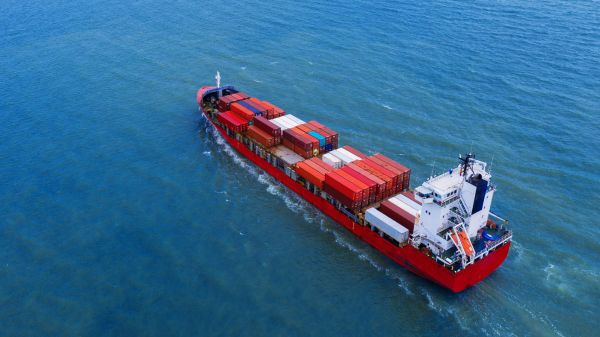
|
BIMCO adopts FuelEU Maritime and ETS clauses for ship sales, advances biofuel charter work
Documentary Committee approves regulatory clauses for vessel transactions, progresses work on decarbonisation and emerging cargo contracts. |
|
|
|
||
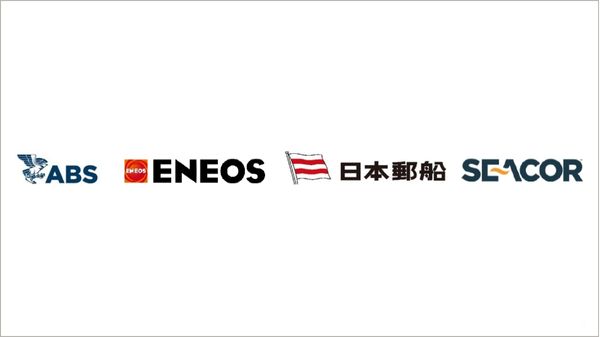
|
Four companies launch study for US methanol bunkering network
ABS, Eneos, NYK Line, and Seacor to develop ship-to-ship methanol supply operations on Gulf Coast. |
|
|
|
||
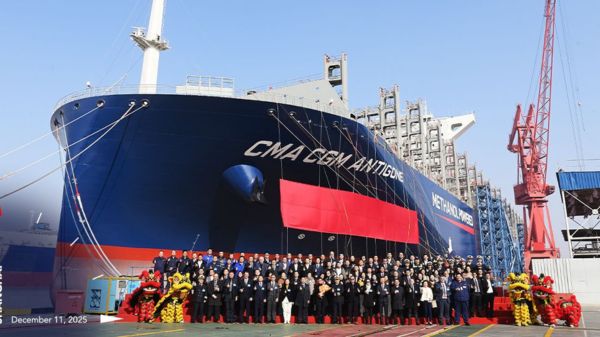
|
CMA CGM names dual-fuel methanol vessel for Phoenician Express service
CMA CGM Antigone to operate on BEX2 route connecting Asia, the Middle East and Mediterranean. |
|
|
|
||

|
Golden Island appoints Capt Kevin Wong as chief operating officer
Wong to oversee ship management and low-carbon fuel development at Singapore-based marine fuels company. |
|
|
|
||
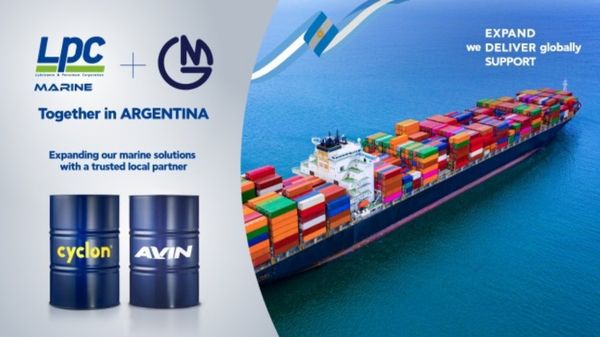
|
LPC launches Argentine marine lubricants hub with Gram Marine
Motor Oil Hellas subsidiary partners with maritime services provider to supply products to regional ports. |
|
|
|
||
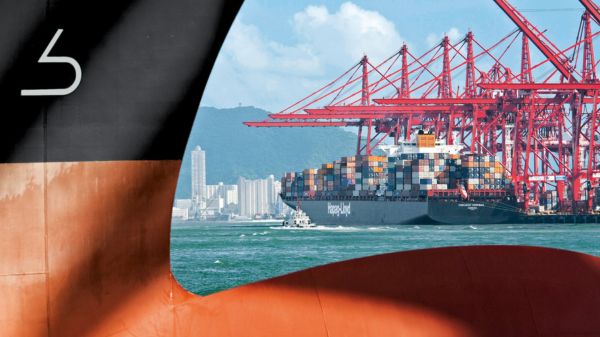
|
Hapag-Lloyd orders eight methanol-powered container ships worth over $500m
German carrier signs deal with CIMC Raffles for 4,500-teu vessels for 2028-29 delivery. |
|
|
|
||
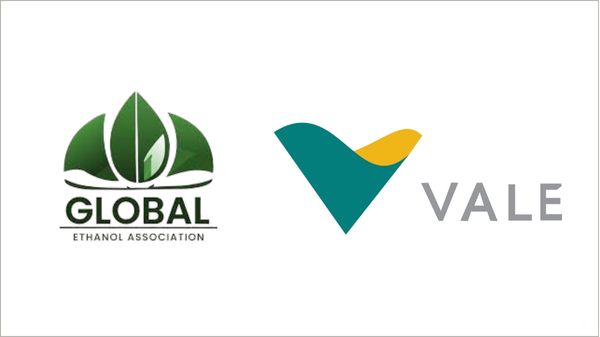
|
Vale joins Global Ethanol Association as founding member
Brazilian mining company becomes founding member of association focused on ethanol use in maritime sector. |
|
|
|
||
| Reducing wind resistance to cut fuel costs [News & Insights] |
| NYK mulls further speed cut [News & Insights] |
| Hybrid power system to be tested in June [News & Insights] |
| Ship powered by LNG fuel cells unveiled [News & Insights] |